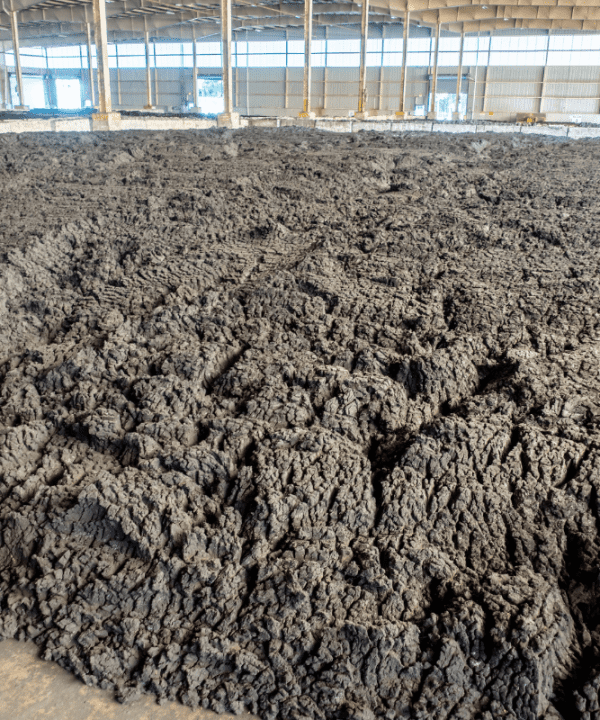
PROJECT DETAILS
- Project No 4901
- Project Name AI-based cell imaging approaches for identifying and quantifying microorganisms in water and wastewater
- Lead Organisation Melbourne Water
- Research Lead Monash University
- Main Researcher Negar Taheriashtiani
- Completion Year 2028
Project Description
Algal and cyanobacterial blooms are natural phenomena, but their frequency and intensity are increasing due to human activities and climate change, posing significant challenges for the water and wastewater sectors. Timely detection of algal blooms is crucial for effective management and mitigation of any potential negative impacts. Current methods for detecting algal species are typically time-consuming, expensive, and require expert personnel. To address these issues, this project aims to integrate artificial intelligence and imaging techniques for the effective detection and management of algal blooms.
Developing machine learning algorithms can help automate the identification and enumeration of microalgae and cyanobacteria species from images. These algorithms can be trained to recognise various species based on their unique morphological features, enabling faster and more accurate identification compared to manual methods. Furthermore, by integrating additional data related to algal blooms, such as environmental parameters, we aim to develop robust early warning systems. These systems will not only provide real-time alerts about the presence of harmful blooms but also offer predictive insights, allowing for proactive measures to be taken.
As a result, the combination of AI and imaging techniques holds the potential to revolutionise the management of algal blooms.
The image datasets for this project will be sourced from various providers, including, but not limited to, Melbourne Water, Coliban Water, Lower Murray Water, Goulburn Valley Water, and CSIRO.
PhD Thesis underway by Negar Taheriashtiani.





